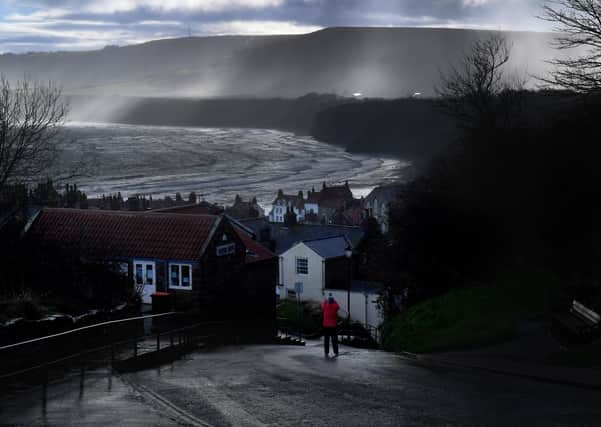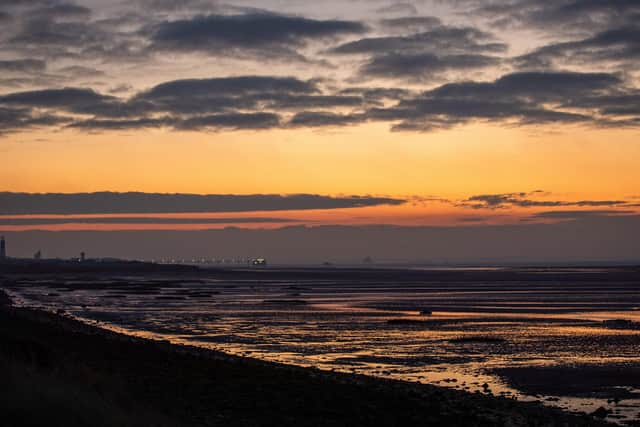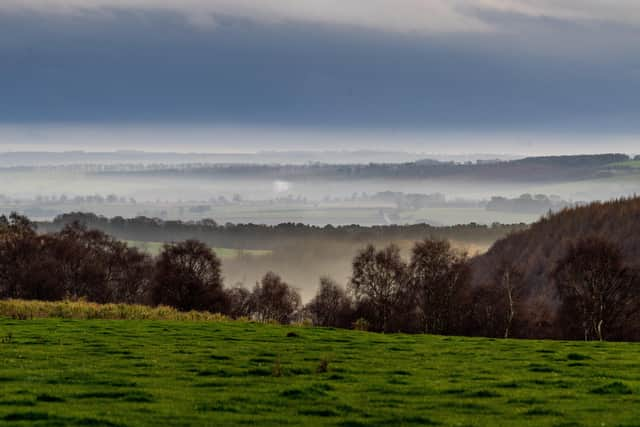Why VAT cut must be kept to save Yorkshire tourism jobs – Kurt Janson


But before explaining why it is vital to the recovery of the Yorkshire economy that the VAT rate remains at five per cent for the next financial year, it is worth quickly looking at the importance of this sector to the economy.
It comes as a surprise to some that tourism and hospitality is one of the largest sectors of the UK economy. In 2019 this industry generated £147bn for the UK economy and employed 3.4m people – about 10 per cent of the UK’s total workforce.
Advertisement
Hide AdAdvertisement
Hide AdAnd what is even more important is that, unlike other sectors like finance, automotive manufacturing or IT, the benefits of tourism are spread around the UK rather than concentrated in a handful of areas. For example, in Yorkshire 140,000 people are employed in the tourism and hospitality industry and these businesses generate £7.5bn for the Yorkshire economy.


What’s more, tourism transfers an astonishing £35bn from urban to rural and seaside communities in the UK – this is the largest transfer of wealth outside Government payments. So tourism is especially important for Yorkshire’s rural and coastal communities and we need to protect their tourism business so they can emerge from the pandemic in a state where they can continue to provide revenue and employment benefits for their local economy.
But, at the moment, tourism businesses in Yorkshire are in an extremely bad way because tourism in the UK has virtually stopped. VisitBritain, the national tourism board, has calculated that in 2020 revenue from overseas visitors declined by 80 per cent, representing a loss to Yorkshire of almost £500m.
In terms of domestic tourism, they have calculated that, despite tourism businesses being able to open over the main summer season, revenue for the year was still down by 62 per cent, representing a further loss of £4.7bn for the Yorkshire economy.
Advertisement
Hide AdAdvertisement
Hide AdThe impact on employment in Yorkshire from losing £5.2bn in revenue can be estimated using the findings of a study by Deloitte on the marginal cost of employment in the tourism sector. They calculated that every £55,000 of tourism spending in a local economy generates one full-time job in the tourism and hospitality industry. This means that the loss of £5.2bn equates to the staggering loss of over 90,000 jobs in the region.


This is why everything needs to be done to support local tourism businesses. These are viable businesses that have done everything the Government has asked of them. They have invested in implementing Covid-safe cleaning regimes to protect staff and customers, they have implemented social-distancing systems, they have closed when asked in order to reduce the spread of the disease and they will be needed to kickstart local economies when the lockdown ends.
And it is why the Government’s current policy on the VAT reduction for hospitality and attractions needs to change. In July 2020, the Chancellor announced he would reduce the level of VAT from 20 to five per cent for accommodation, meals and visits to visitor attractions as a way to support the industry. This was a bold and very successful move.
In a survey of over 1,100 businesses by the Cut Tourism VAT campaign, 75 per cent of businesses said they might not have been able to continue trading without it. Importantly, they used the reduction to pay wages rather than make staff redundant and to pay suppliers, who otherwise would have struggled themselves.
Advertisement
Hide AdAdvertisement
Hide AdBut unfortunately these benefits ended when businesses first went into tiers where that couldn’t operate and then when the country went into national lockdown. There is no benefit in having a low VAT rate if your business is closed and you have no customers.
For tourism to really benefit from the reduction in VAT the five per cent rate needs to apply when these businesses reopen so they can boost sales. Yet, at the moment, the Government is planning to end the reduced rate on March 31 – just before the important Easter break which traditionally kickstarts the tourism season. This makes no sense at all.
For many businesses, reverting to the 20 per cent VAT rate just when they reopen will be the final straw and trigger a further wave of 310,000 redundancies in the sector. In terms of Yorkshire, this would mean the unnecessary loss of a further 20,000 jobs.
So if the Government wants to kickstart the UK economy after the roll-out of the vaccine, it must retain the five per cent VAT rate for a further year to help businesses survive, rebuild their balance sheets and provide people with the reduced cost break they thoroughly deserve.
Kurt Janson is director of the Tourism Alliance.
Advertisement
Hide AdAdvertisement
Hide AdSupport The Yorkshire Post and become a subscriber today. Your subscription will help us to continue to bring quality news to the people of Yorkshire. In return, you’ll see fewer ads on site, get free access to our app and receive exclusive members-only offers. Click here to subscribe.
Comment Guidelines
National World encourages reader discussion on our stories. User feedback, insights and back-and-forth exchanges add a rich layer of context to reporting. Please review our Community Guidelines before commenting.